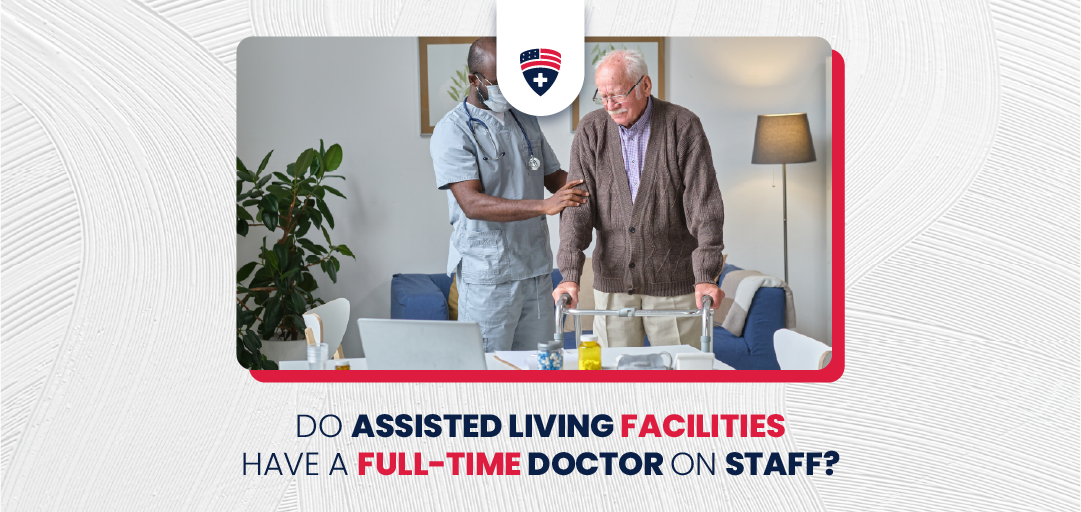
What is the Underlying Principle of Ergonomics in the Workplace?
In today’s busy workplaces, making work comfortable is key. It helps keep employees happy and productive. That’s where ergonomics comes in.
Ergonomics is like arranging things so people can do their work. It aims to prevent discomfort or health issues.
In healthcare, this means making sure everything from lifting patients. Setting up your desk helps you work better and safer.
American Healthcare Compliance Training designs the creation of safe, and healthy healthcare workplaces.
Our specialized training focuses on maintaining comfortable workspaces to prevent injuries in healthcare. Contact us for more information.
The question is, “What is the underlying principle of ergonomics in the workplace?” Below, we discuss the key principles of ergonomics. We find how they contribute to a healthier and more efficient workplace.
Before we start the discussion, let’s first talk about what Ergonomic Principles mean. Now, let’s continue.
What Do Ergonomic Principles Mean?
Ergonomic principles in the workplace mean arranging things to make work comfortable. It involves designing work environments.
Designing work environments, equipment, and tasks optimizes comfort, efficiency, and safety.
This helps reduce the risk of musculoskeletal injuries.
The key points to remember are that ergonomics should prioritize comfort and efficiency. Workspaces should be designed to minimize strain and increase productivity.
What is the Underlying Principle of Ergonomics in the Workplace?
Applying ergonomic principles is essential in the healthcare sector. Physical demands are high and the risk of injury is prevalent.
Let’s discuss some Key Principles of Ergonomics.
Key Ergonomic Principles
1.Neutral Posture
Maintaining a neutral posture is fundamental to ergonomic design.
“What is Neutral posture?” Neutral posture involves placing the body in a balanced position. This minimizes stress on muscles and joints.
Whether standing at a workstation or lifting a patient. It ensures alignment between your pelvis, rib cage, and neck.
Additionally, adopting a neutral posture reduces the risk of strain and injury.
What’s the Most Important Benefit of Maintaining a Neutral Posture?
The benefit of maintaining a neutral posture reduces the risk of musculoskeletal disorders. It also prevents strain on muscles and joints.
It promotes overall spinal health and increases comfort and productivity during tasks.
2.Static Loading Ergonomics
Static loading ergonomics improve work environments to reduce strain from sitting or standing. It promotes proper posture and incorporates ergonomic furniture and equipment.
Also, implement regular breaks or movement activities to prevent musculoskeletal issues among workers.
3.Power Zone Ergonomics
The power zone ergonomics also known as the “lifting power zone” is the fundamental zone.
It is close to the body, between mid-thigh and mid-chest height. This is where the body can generate the most power with the least strain.
Healthcare workers are encouraged to keep objects within this zone. This minimizes the risk of musculoskeletal injuries when lifting.
4.Ergonomic Design Principles
The principles of ergonomic design prioritize comfort and safety. They focus on creating work environments and equipment, such as:
- People’s physical and mental abilities
- How workspaces are arranged and designed
- The kind of tasks being done
5.Provide Suitable Lighting
Good lighting is important at work. Poor lighting affects the eyes, causes headaches, and even causes accidents. Providing adjustable lights can help.
Also, make sure computer screens aren’t too glary or placed in front of bright windows.
Some people ask about the opposite of posture. Let’s shed some light on that, too; please continue reading.
What is the Opposite of Posture?
The opposite of posture typically involves adopting unbalanced, uncomfortable positions. This can strain the body, increasing the risk of injury or discomfort.
Examples of Ergonomics in Healthcare
Ergonomics impacts many aspects of healthcare workplaces, including patient handling and technology use. Some examples include:
- Patient Handling
Implementing proper lifting techniques helps reduce injury risks for patients and healthcare workers.
- Workspace Design
Arrange equipment and furniture to support good posture and reduce strain during tasks.
- Use of Technology
Follow ergonomic guidelines to prevent injuries and eye strain when using devices.
- Medical Equipment Design
Designing medical tools with ergonomic features enhances usability and reduces user fatigue.
- Which of these is an Ergonomic Guideline for Technology Use?
One of the key ergonomic guidelines for technology use is maintaining proper posture. This is essential while using devices.
Motivate workers to sit or stand in a neutral position. Ensure their head, neck, and spine are aligned when using computers or other devices.
This reduces strain on muscles and joints, preventing musculoskeletal disorders.
What Are the Four Ways You Can Avoid Ergonomics-Related Injuries?
To avoid ergonomic-related injuries, follow these simple ways:
- Sit well by adjusting your chair and keeping your feet flat on the floor.
- Take short breaks to stretch and move around to prevent muscle strain.
- Use ergonomic furniture and tools designed for comfort.
- Set up a well-organized, well-lit workspace to create a healthy environment.
These ways can help you stay comfortable and reduce the risk of injuries while working.
To Conclude
In sum, “What is the Underlying Principle of Ergonomics in the Workplace?” ergonomics is the cornerstone of a safe and efficient workplace.
Ergonomic principles in practice can improve care quality, and increase efficiency within organizations.
Healthcare organizations can support employee wellness by prioritizing ergonomics and taking better actions.
American Healthcare Compliance Training offers customized training solutions for healthcare providers.
Our ergonomics training helps healthcare professionals create ergonomic workspaces and injury risks.
If you want to know more about what we offer, you can contact us at American Healthcare Compliance.
FAQs
Which ergonomic principles should the nurse implement?
The nurse should maintain good posture and take breaks. Using proper body mechanics helps avoid strain and stay comfortable.
What are the examples of static loading in the office?
Examples of static loading in the office include long sitting. Leaving heavy objects on shelves without moving them is another example.
What are some examples of awkward postures that should be avoided?
All of the following awkward postures must be avoided:
- Bending your back too much
- Curving your shoulders forward
- Sticking your neck out too far
- Staying in one position without moving for a long time
How can I encourage ergonomics among coworkers?
Raise awareness, provide education, lead by example, and advocate for improvements.






